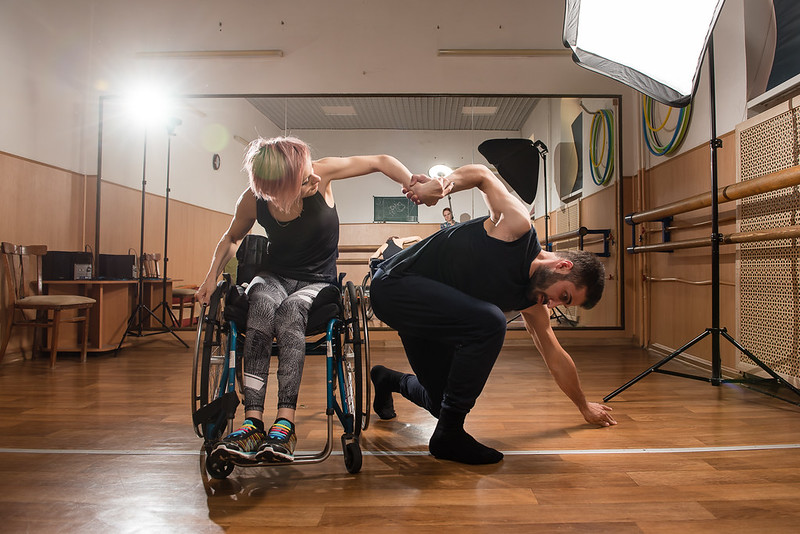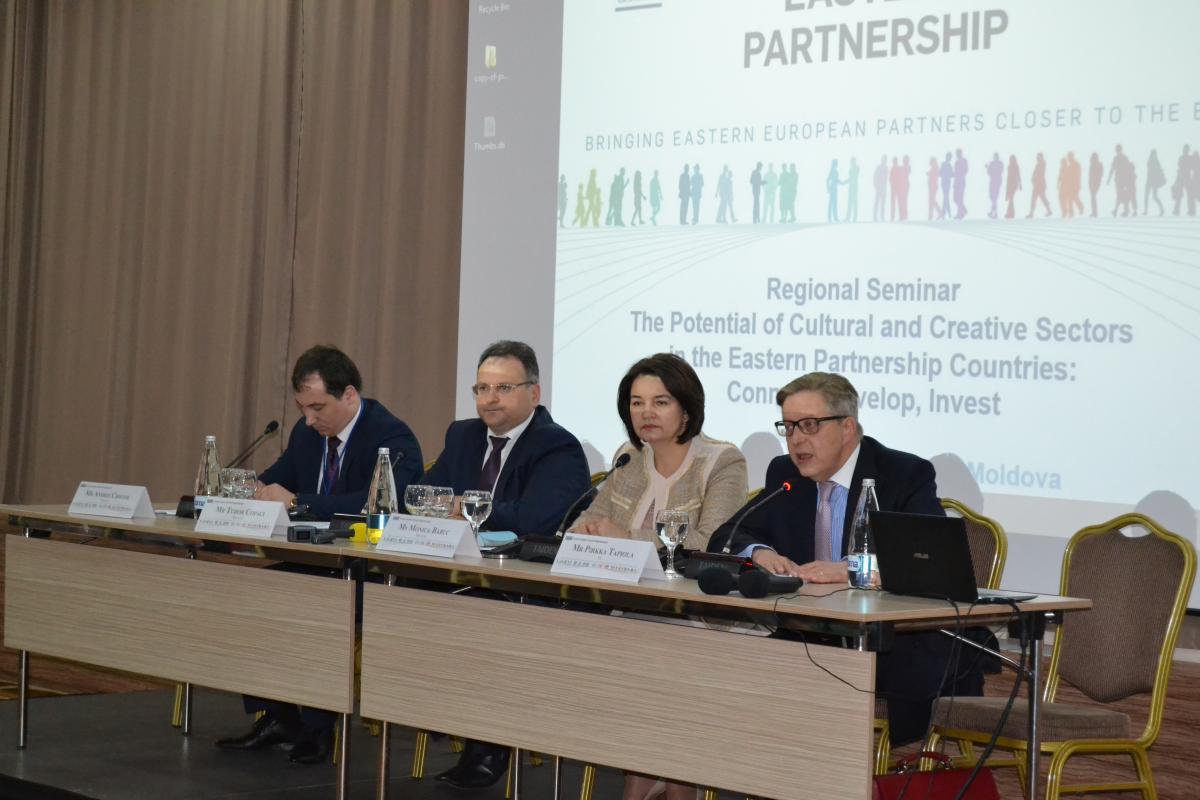
3 reasons to maintain inclusive art
“One of the major challenges we are facing in Georgia is insufficient infrastructure, not only within the art sector but in general. There are several initiatives, governmental and non-governmental, to address this issue. However, we made a significant progress here. Аnother major challenge is the perception of disabled people in general and art as well. It requires a lot of work that needs to be done in this area”, says Zaza Purtseladze.
So, here are 3 simple reasons to maintain inclusive art.
To show people that inclusive art is the same art
Some people percept inclusive art as something different. Art is art – whether it’s inclusive art or disabled. It is also tightly linked with the quality of disabled art in the country. Unfortunately, the quality of some programmes and projects or initiatives which are presented to a wider audience are not that good because of the insufficient funding, insufficient resources, capacities and technical skills.
To raise awareness around disability art
I think one of the major achievements of the Unlimited programme was raising awareness around disability arts. I think the awareness was almost non-existent a few years ago in Georgia when we started the programme. People knew very little, if not nothing about disability art and people with disabilities creating amazing art.
To raise an inclusive art to the state level
The second achievement was also our attempt to treat some of the policy initiatives in this area. I am proud that throughout the Unlimited programme we brought the UK experts in Georgia that worked closely with the Ministry of Education, Science, Culture and Sport on defining criteria for evaluating disabled art programmes, projects and initiatives. So, currently the recommendations are taken forward by the relevant department of the Ministry of Education, Science, Culture and Sport of Georgia, and I expect changes will come soon in this area. It will highlight the importance of inclusivity in art sector and the interest of the government at the highest possible level: in this sector and in the sector of inclusivity in general. It will attract a lot of media attention, and, in turn, it will help us reach the widest possible audience in Georgia. By doing so, we will achieve the highest level of awareness around inclusivity art and more people will have a chance to learn about inclusivity in art.




